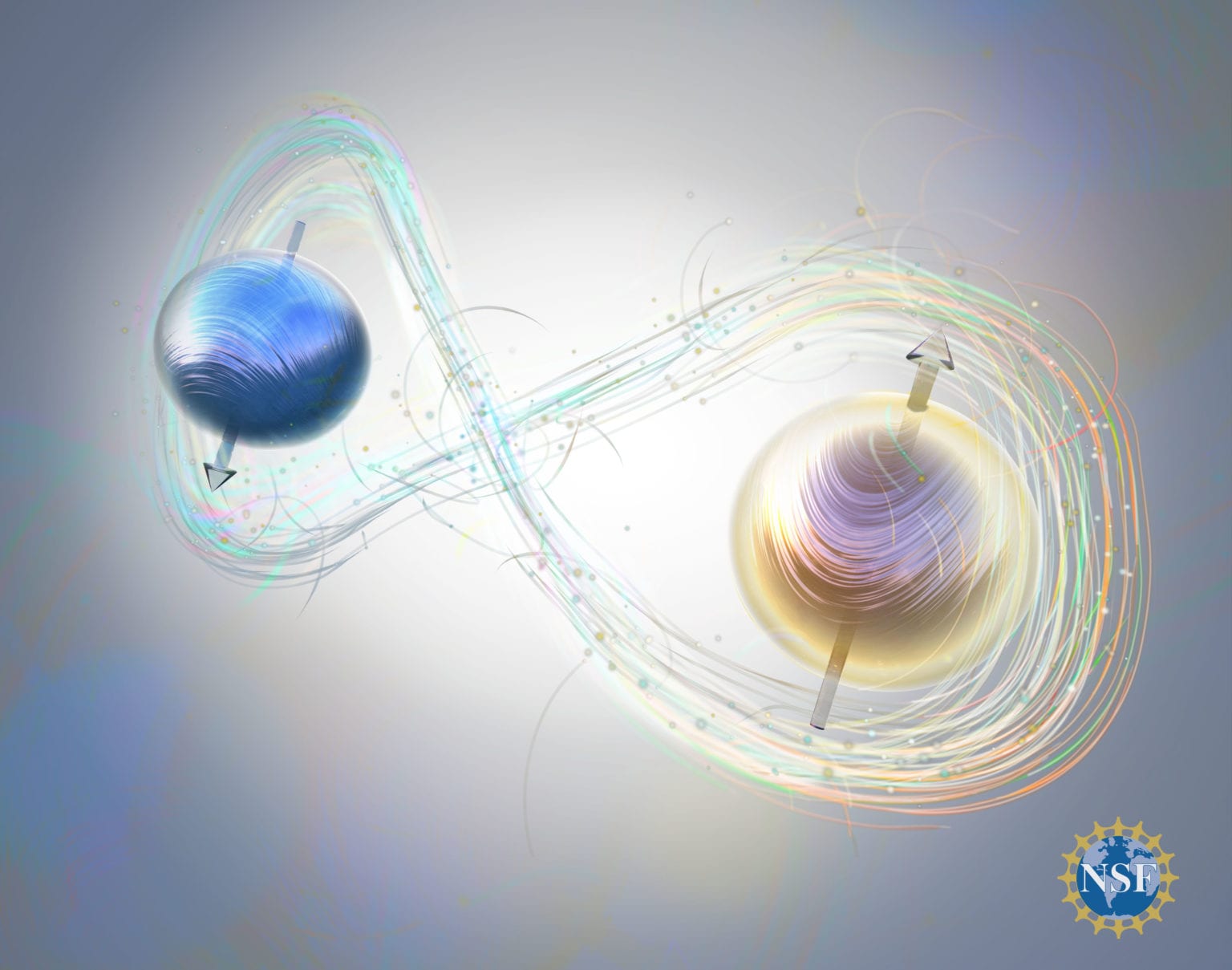Researchers awarded a $3.3 million collaborative grant from the Department of Energy
Wayne State's Departments of Mathematics and Chemistry, the University of California-San Diego, University of California-Irvine, Los Alamos and Argonne National Labs have been awarded a $3.3 million U.S. Department of Energy grant entitled "Multi-component Cavity Polaritons for Tunable Intermolecular Entanglement and Controlled Photon-to-Electron Quantum Transduction."

Professors Luca Candelori, Vladimir Chernyak and John Klein will investigate the mathematics associated with entanglement properties of quantum cavity polaritons with an eye towards applications to quantum Information Science. This line of research fits nicely with our newly established coursework in Quantum Computing and Quantum Information Science and the undergraduate summer research program in quantum machine learning that is run in partnership with the Department of Physics and Astronomy.
As part of the grant, the Department of Mathematics will receive a three-year post-doc position to help with the research. Details about this position will be made available later.
Professor Candelori remarks: "I think for any student reading the announcements these opportunities would be great ways to get involved with our growing quantum computing/quantum information science research program here at Wayne State." Interested students should contact Professor Candelori directly at candelori@wayne.edu.
The research team consists of eight people in total, drawing from four different institutions. The members, with affiliations, are included below.
- Wayne State: Aaron Rury (lead PI; chemistry), Luca Candelori (mathematics), Vladimir Chernyak (chemistry and mathematics) and John Klein (mathematics)
- Los Alamos: Nick Sinitsyn (Theory Division of Physics)
- University of California-San Diego: Wei Xiong (chemistry and biochemistry)
- University of California-Irvine: Shaul Mukamel (chemistry and physics and astronomy)
- Argonne Labs: Oleg Poluektov (chemical physics)
To learn more about this research or our academic programs, visit math.wayne.edu.